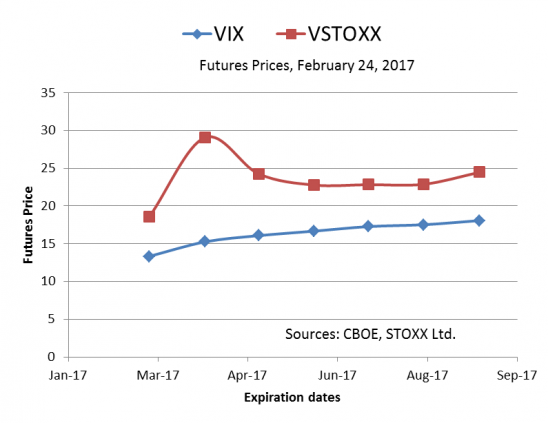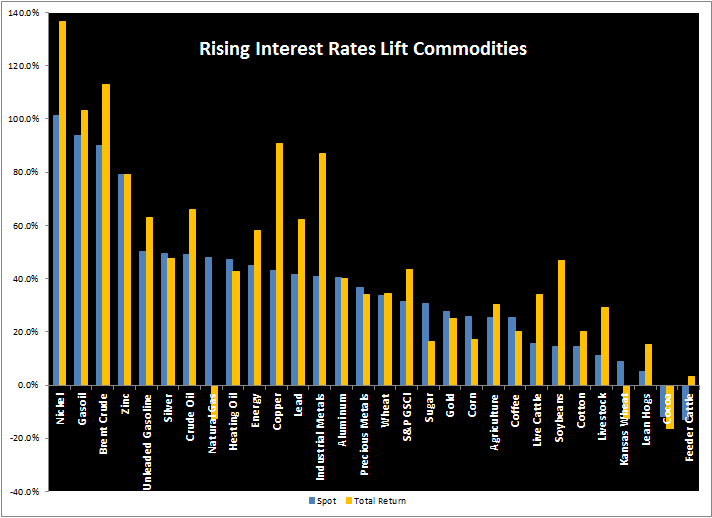In our latest S&P 500® Factor Indices Dashboard, Tim Edwards wrote, “Value’s return to form came after a decade of meagre pickings. In fact, value recorded in its best annual relative performance since 2000.”

Small wonder then that the S&P 500 Enhanced Value Index and S&P 500 Pure Value were popular topics of financial advisor discussion at the 2017 Inside ETFs Conference in January.
Mike Philbrick, President of ReSolve Asset Management, shared an interesting view: “I like S&P 500 Pure Value because the index isn’t ‘polluted’ with beta.” I had to follow up on that to see what he meant. Mike’s point is that since S&P 500 Pure Value’s methodology selects only one-quarter of the benchmark index’s market capitalization (the index has 116 constituents as of the last rebalancing) with the strongest value scores and excludes the rest, it is a better return-enhancing risk premia “mousetrap” than previous generations of value indices.
By taking a look at the factor scoring diagram below of the S&P 500 Value and comparing that to the factor scoring diagram of S&P 500 Pure Value, Mike’s point is made visually. The S&P 500 Pure Value exhibits a much larger value factor rank than the S&P 500 Value. In relative terms, the S&P 500 Value does not differ as much from the S&P 500 benchmark (beta) as the S&P 500 Pure Value does.

Speaking of the S&P 500 Pure Value, a question I hear frequently from financial advisors is whether an equal combination of the S&P 500 Pure Value and S&P 500 Pure Growth has outperformed our S&P 500. Thanks to my friend, Sam Stovall, Chief Strategist at CFRA, one can see that the answer to that question is yes. Sam calls this “barbell” approach the Mr. Universe Strategy. Exhibit 3 shows his results after he applied an annual rebalance to the combination of S&P Pure Style Indices. Based on Sam’s results, Mike Philbrick may have a good point about beta pollution.

At the Inside ETFs event, S&P DJI launched a factor allocator tool designed for us by Optimal Advisors, and we demonstrated that tool to financial advisors who visited our booth. The tool visually and quantitatively shows how the S&P 500 Pure Value has performed. Furthermore, the tool allows users to see the effects of combining the value factor with other factors such as quality and momentum. Powered by more than 15 years of S&P DJI index data, this tool can be found here. Financial advisors who saw this tool demonstrated at Inside ETFs said it answers some of their questions about how to implement value as a factor and combine value with other factors in a portfolio. During our webinar for financial advisors on March 22, 2017, we will talk about factor case studies that make use of our factor dashboard and factor allocator.
The posts on this blog are opinions, not advice. Please read our Disclaimers.















